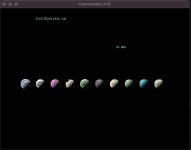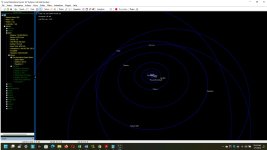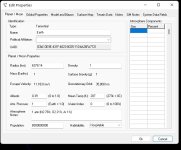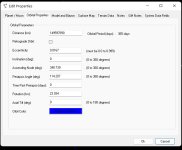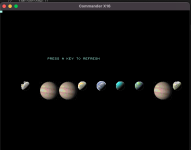There is one I like, Astrosynthesis 3.0 from nbos. It is available via Drivethru. It works with Windows 7 thru 11. (I have had for quite a while).
It's primary function is to do 3D starmapping. It is PERFECT (IMHO) for 2300 as you can import the local 50ly map with varying the types of stars. You can visually draw the confusing (when viewed on a 2D piece of paper ) stutterwarp routes, It does allegiances with colors or add .jpg symbols (like flags, hmm)
For you, the composition of star systems (planets, belts, GG, etc.) can be placed via real astronomical data (i.e. distance, eccentricity). You can use the database to store the planetary and create custom columns from whatever game system. I have one for Traveller, 2300 and Space Opera. The standard columns have atmosphere composition (by element and %), Temps (in C or K) albedo, population, genearal environment (barren, marginal, habitable) .
Being 3D display, you can use the mouse to spin the star display or the planetary display to view from any distance or angle.
Finally, it has a scripting language, so you COULD program it to generate systems ala Traveller 5. (some wrote one for CT) or some other game system.
The bad parts:
YOU must supply the images for planets and stars, otherwise you use stock images it comes with. Or accept dots.
It came out 10+ years ago. the nbos website is still around so you can get goodies, but I don't know if it is still supported by the authors in any manner.

